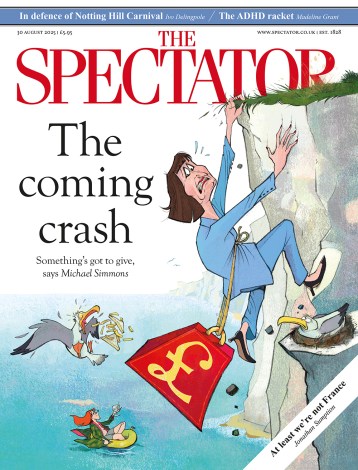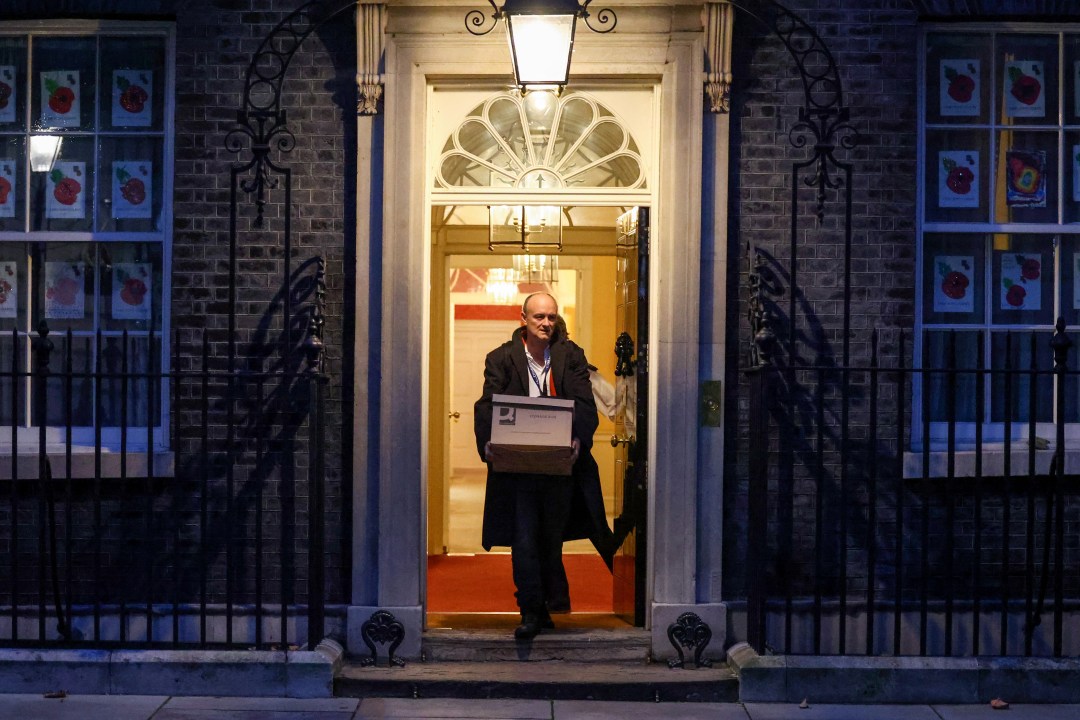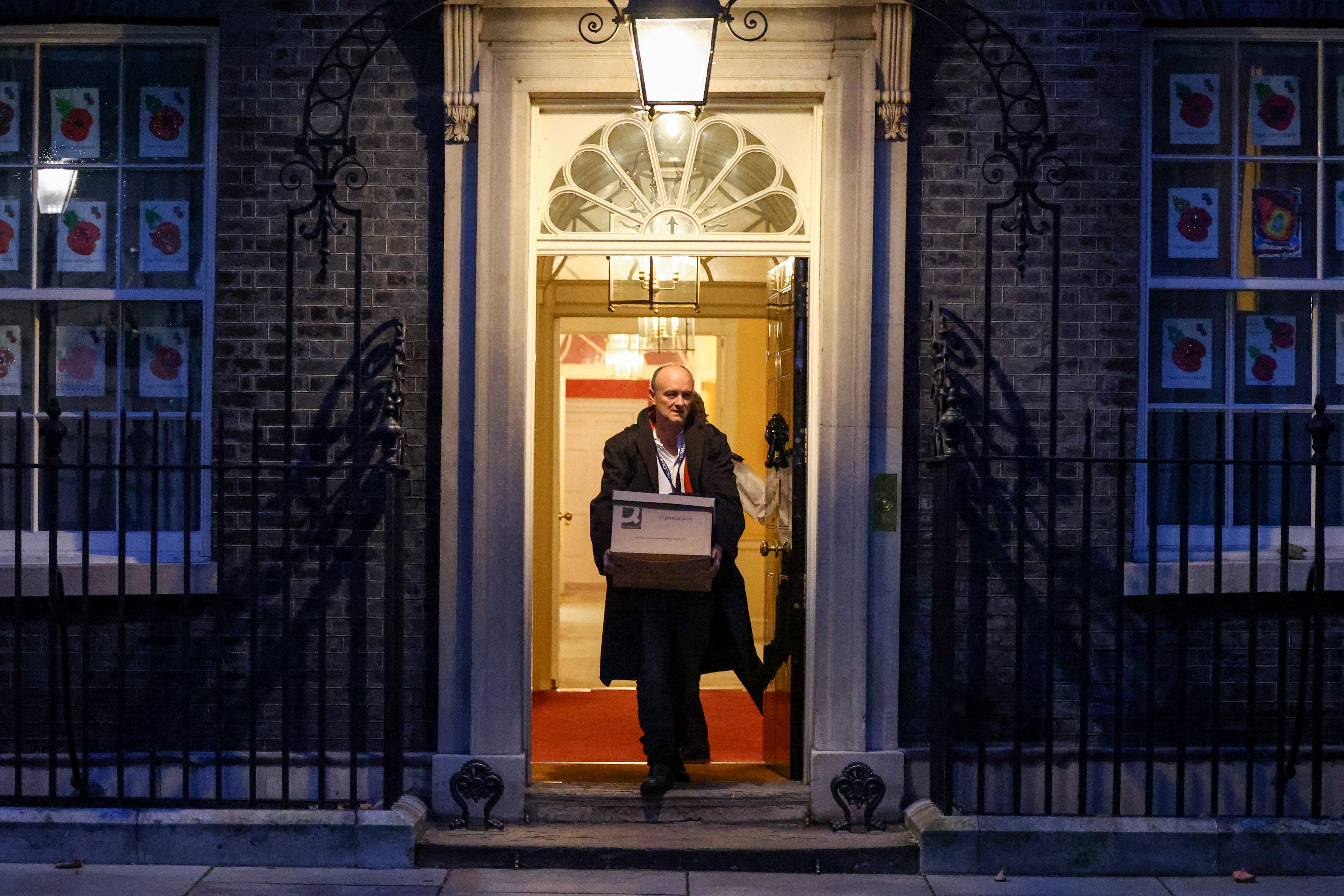Dominic Cummings didn’t angle for this job: Boris Johnson begged him to take it. The Tories faced extinction after the Theresa May debacle. Boris needed purpose, direction and miracles – which Cummings had a track record in supplying. He brought with him into No. 10 both Vote Leave staff and its modus operandi: a fixed focus on purpose, dedication to delivering and not caring too much about what commentators (like me) say. The result: an unexpected Brexit deal followed by an 80-strong Tory majority. The team stayed in place to work on what Johnson thought would be the defining issue of 2020: a Brexit deal. In my Daily Telegraph column today, I write about how the Prime Minister is now thinking what form his government should take given – as is now being reported – Cummings has left No. 10 for good.
This current highly-centralised form of government buckled under the weight of the pandemic. We’ve seen leaks, feuds, mayhem and u-turn after u-turn. Set aside the kerfuffle over Lee Cain’s resignation. We had the debacle of the second lockdown, a decision based on dodgy data which later fell apart under scrutiny. The take-no-prisoners approach of Vote Leave alienated too many MPs which is why – bizarrely – a government with a majority of 80 has ended up with massive rebellions on every issue under the sun. The Cummings lightning bolt revived the corpse of the Tory party and revived Brexit talks – but long-term, you can’t run a government by lightning bolts. It seems the Prime Minister is looking for a different approach after the Brexit deal is done.
In my Telegraph column today, I argue that Cabinet government is the only way to run government in the British system. So Boris needs to find talented politicians who he trusts, and leaves them to do their thing – rather than infantilise them with a powerful centre that takes decisions for them. The idea of a power triangle – a merged No. 10, Treasury and Cabinet Office calling all the shots – won’t work. I’m also sceptical about the idea that government can be rewired and made to work with Silicon Valley efficiency. ‘The methods of government would bankrupt most private companies’: those words were true when John Buchan wrote them in 1904 and remain true now. The conservative way – to be realistic about how efficient government can ever be – means limiting the power of government and maximising the power of individuals, families and communities. This is also the liberal way.
Mayhem in No. 10 is not Cummings’ fault. It can only ever be the fault of the Prime Minister. Allowing factions to feud at a time of national crisis is a bad look – and feuding is inevitable with the Vote Leave team on the way out with nothing clear to replace it. The Prime Minister is well within his rights to think it’s time to change up, to seek broader influences in No. 10 and to dilute the influence of the Vote Leave band of brothers who won him his Brexit deal and majority this time last year.
To do so now, weeks away from the Brexit deal, is dangerous timing. If he has no plan as to what happens next, he’ll create a vacuum into which all kinds of things might fall. The old is dying and the new cannot be born: these are, typically, the conditions for crisis. The last thing the Prime Minister needs is another one.








Comments